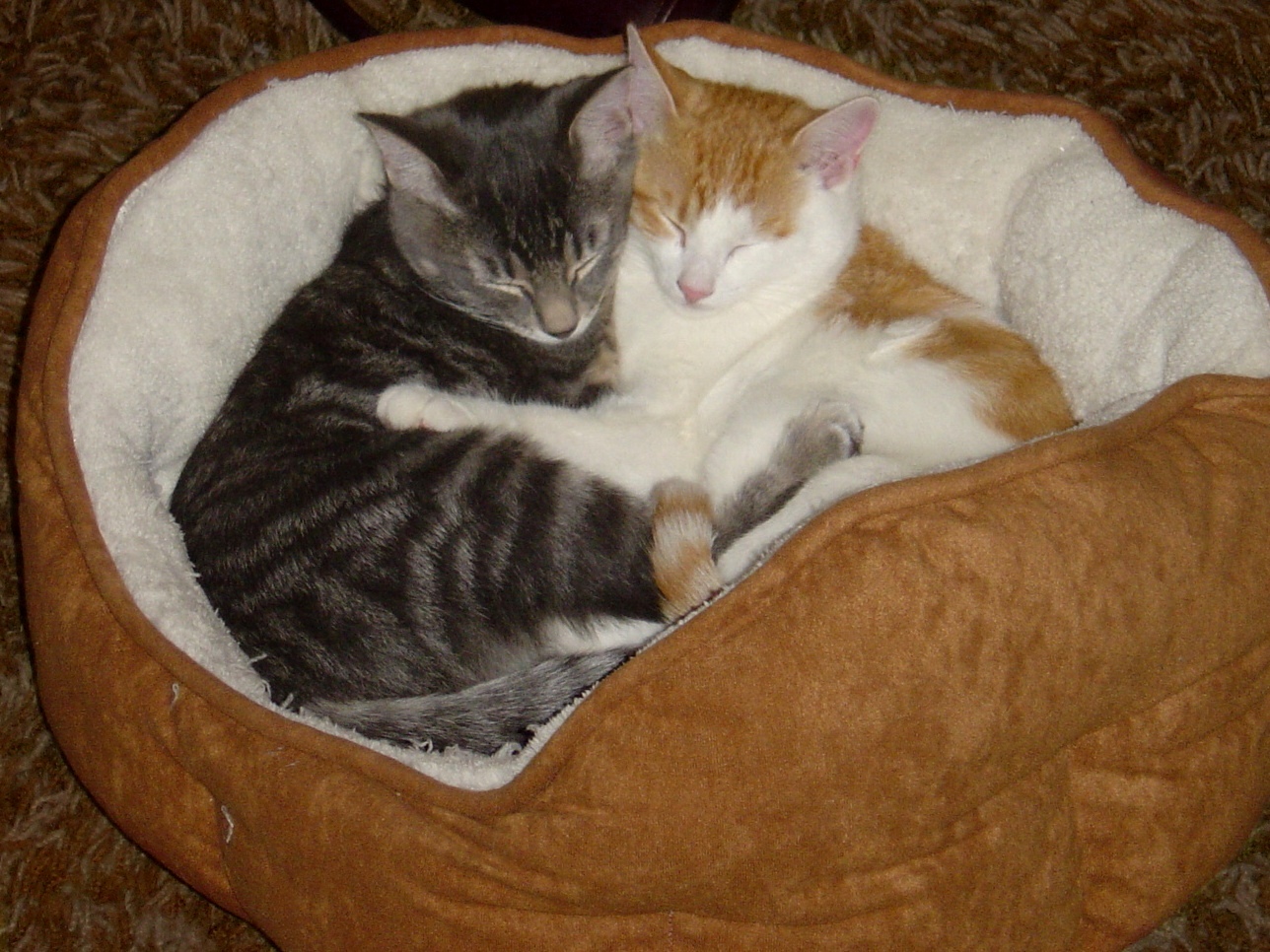
Coronaviruses are enveloped RNA viruses known for their potential to change their cellular tropism. Tropism refers to the specificity of a virus for a particular host tissue, determined in part by the interaction of viral surface structures with receptors present on the surface of unique host cell (e.g., endothelial cells, macrophages). Whether tropism switching leads to cross-species transmission as happened with severe acute respiratory syndrome (SARS-CoV) jumping from bats to humans or, as in the case of feline coronaviruses, switching leads from a relatively low virulence enteric virus (FECV) to a systemic pathogenetic form (FIPV), it is clear that this family of viruses is an important public health concern and feline pathogen. In the case of FECV, identifying the genetic mutation(s) leading to this tropism switching still remains a quandary for researchers, veterinarians, and cat owners alike.
The researchers in this study compared full genome sequenced data from 11 viruses in each pathotype and identified the most distinctive site(s) by further refining sequence variation between the two pathotypes around those site(s). Two putative sites that both code for regions in the fusion peptide domain of the spike protein were found to distinguish FECV from FIPV, accounting for > 95% of cases. The S protein functions in cell entry via receptor attachment (involving the N terminus) and membrane fusion (membrane-proximal domain). These researchers further speculate that these two mutations in addition to other mutations likely within the accessory 3c gene account for switching to the virulent FIPV form. [GO]
See also: Pedersen NC, Liu H, Scarlett J, et al. Feline infectious peritonitis: Role of the feline coronavirus 3c gene in intestinal tropism and pathogenicity based upon isolates from resident and adopted shelter cats. Virus Research. 2012; 165: 17-28.
More on cat health:
Winn Feline Foundation Library
Find us on Facebook
Follow us on Twitter
Join us on Google+
No comments:
Post a Comment